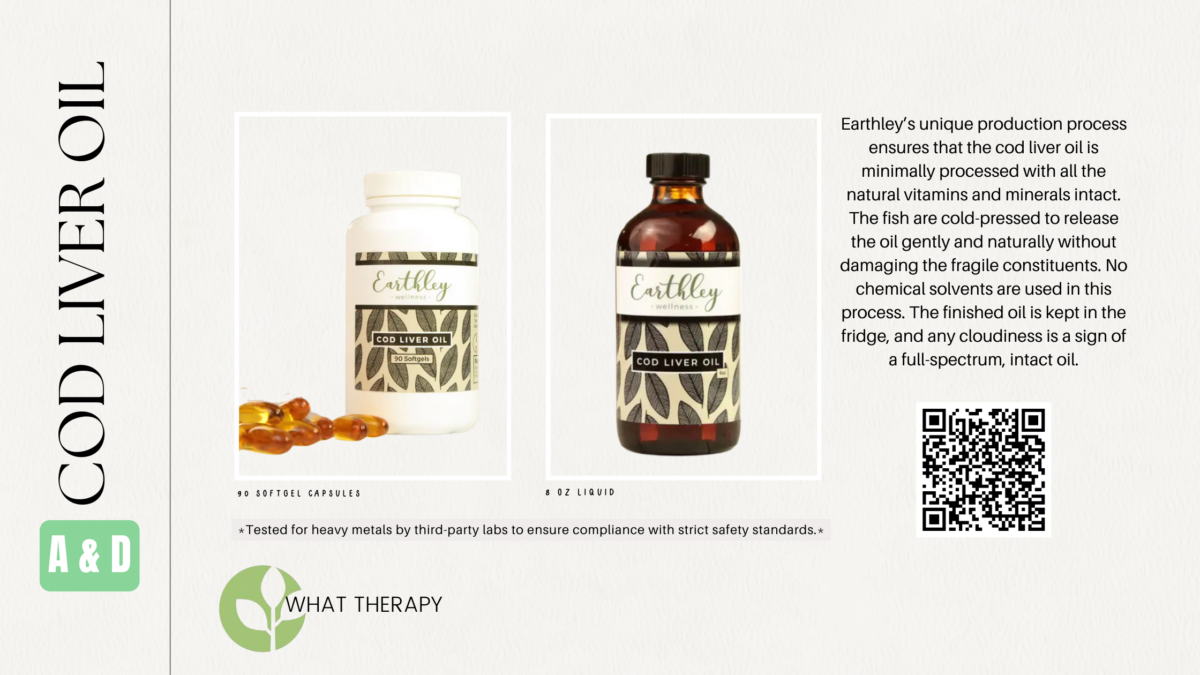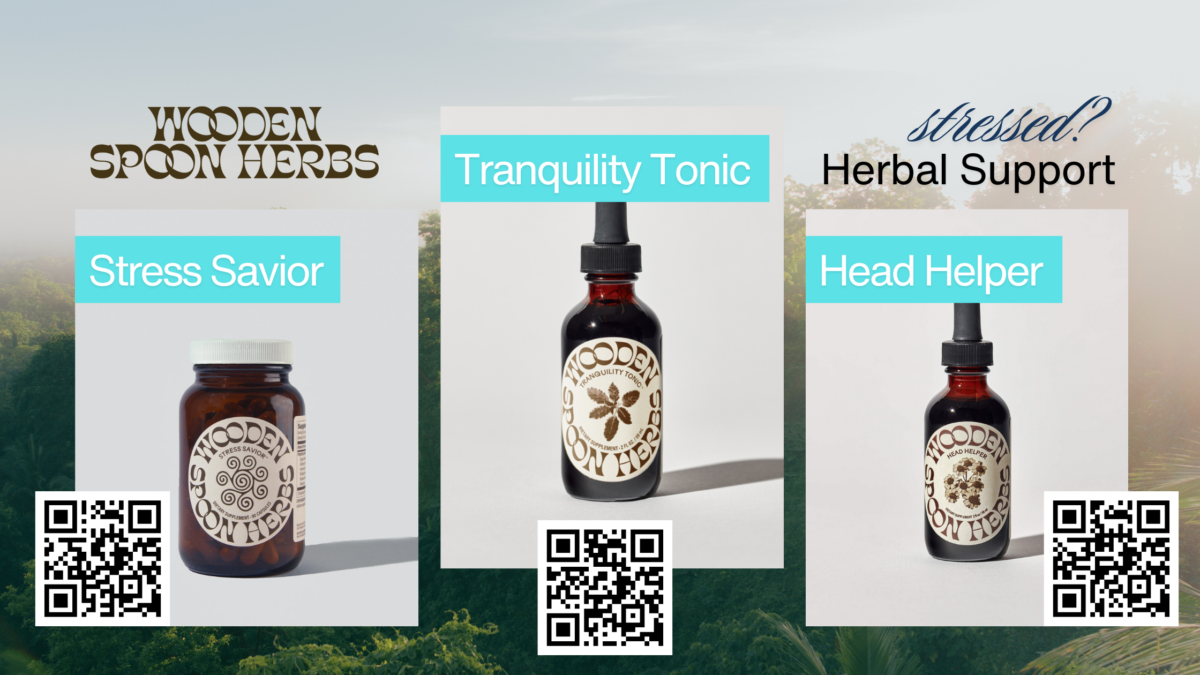Are you struggling with gum health?
Having good oral health is not just taking care of teeth and it is not only about healthy teeth and gums. It affects our overall health.
Recently browsing some Facebook groups about healthy teeth the natural way, it was astonishing to see how many people are struggling, including very young children. We see it in older people, as the effects of poor diet and modern lifestyle accumulate over time.
“Many primitive peoples not only retain all of their teeth, many of them to an old age, but also have a healthy flesh supporting these teeth.” – Dr Weston Price.
From young, we are taught to brush and floss to prevent plaque buildup. According to Cure Tooth, referring to M Abrams Page’s book Your Body is Your Best Doctor, high level of calcium in the blood and a out of balance in relations to blood phosphorus, is responsible for calculus deposits. This can be due to the diet and body’s inability to metabolize it. Diet can contain nonabsorbable calcium. Or it can consist of excessive processed and sweet foods and insufficient minerals, for example.
Instead of plaque buildup from poor hygiene practices, plaque is a sign of imbalance.
The calcium/phosphorus balance is very important. Excess blood phosphorus is also a problem as it can lead to irritation and inflammation of the gums. Vitamin D deficiency is often a cause and with cholesterol being a pre-factor for Vitamin D, it’s a provoking thought about the battle against cholesterol.
“A key strategy in your treatment of gum disease is to use both fat-soluble Vitamin A for the soft tissues and fat-soluble Vitamin D for the harder tissues and bones.” – Cure Tooth Decay
Vitamins
For healthy gums, Vitamins A, C, and D are essential. The dosage differs whether for active healing or for maintenance.
Vitamin C
In Cure Tooth Decay, author and dental health advocate Ramiel Nagel, shares reports of healing gum disease with Vitamin C supplements made from real fruit. These include camu camu berry, amalaki berry, rose hips, and acerola cherry. He suggested teaspoons of powdered berries that are rich in Vitamin C, with teaspoons equalling about 225 mg of Vitamin C.
I recently ordered Organic India’s Amla. According to their website, each capsule has about 500 mg of amalaki, or Indian gooseberry, which is about 5-10 mg of Vitamin C. The daily suggested dosage is four capsules so based on this information, I need additional sources of Vitamin C, such as from vegetables.
Also on my shelf is Vimergy’s Micro-C. This one I use when I’m under the weather. Half a scoop is or 1.8g delivers 1000 mg of Vitamin C, in the form of Magnesium Ascorbate and Calcium Ascorbate. Micro-C also includes other ingredients including organic acerola fruit extract, rose hips fruit powder, and grape seed extract. I don’t love the taste; it does work.
If you like a whole-food Vitamin C, check out Earthley’s Vita-C or Immune-Aid Vitamin C. When I take Vitamin C to tolerance, I take either Micro-C or Immune-Aid. As a tincture, Vita-C is easier to take for everyday. Immune-Aid Vitamin C comes in powder and capsule form. I order the capsules as the powder contains whole-leaf stevia.
Vitamin A & D
Cod Liver Oil is the most accessible way to include Vitamins A and D in the diet. There are a few choices on the market, such as Green Pastures’ fermented version and Earthley’s which comes in a liquid and capsules.

Sea Salt & Gums
Robert Nara (1935-2015), dentist, philanthropist, and author of How to Become Dentally Self-Sufficient, was focused on preventive dentistry. Here’s an interesting interview with Dr Nara from 1979. He was the Navy’s first preventative dentist. During that time, he discovered that brushing and rinsing with sea salt solution not only improved oral health and in some cases, cured gum disease.
He also saw using Waterpik and other oral irrigating devices is important in healing gum disease. The water can get into places that flossing cannot.
So by combining the two – using a Waterpik and warm salt water – can be even more effective. It may also help with bad breath, when that’s due to food trapped under the gum line. If you’re wondering how best to irrigate orally, Cure Tooth Decay suggests aiming the nozzle tip at the bottom of the base and then movinh the water around the tooth. Decrease the water pressure if your gums are painful or bleeding. Results may appear as early as a few weeks though healing may take several months.
Looking for an electric flosser? I got this cordless and portable dental water flosser from GuruNanda. It’s chargeable via USB. It collapses into almost palm-size which makes it super packable. It also retails for $19.99. They have a few other sizes, including one for kids (sold out at the moment) and one with UV mode. They all have different settings, including soft which is my preference.
What kind of salt? The topic of salt may be more controversial than many of us think. In recent years, I’ve heard a lot of people say no Himalayan pink salt, because possible high heavy metal content. What’s recommended is Baja Gold Sea Salt which has high mineral content and tested for microplastics.
Also great is Celtic sea salt, also full of minerals. Here’s a source of hand-harvested French sea salt. Choose from three varieties – fine grind, coarse grey/sel gris, and ocean flower/Fleur de Sel. Fine grind is great for seasoning an cooking; coarse grey is more texture; known for its pyramid- shaped cyrstals, ocean flower is the least common and most prized and great for enhancing taste of food in subtle ways. For the purpose of rinsing with salt or using it in your oral irrigation device the fine grind works well.
You can also try diluting one to two teaspoons of apple cider vinegar in water to use with the device. Some businesses also sell herbal liquids.
Herbal Approach
Many people use plant medicine and some of the herbs Cure Tooth Decay shares are white oak bark powder and myrrh gum powder. Both these help heal gum infections. White oak bark, among its many benefits, is antiseptic and antibacterial. The American Indigenous used it to treat infections and for general oral care. You can boil a cup to use as a mouthwash, when cooled. According to Emergency Dentists USA, massage on the gums an amount of white oak bark (about pencil eraser size) for a few minutes and rinse with water.
Myrrh gum is an ancient and traditional medicine and is known for promoting oral health due to its antimicrobial properties.
Get organic white oak bark powder
This article in Very Well Health references studies on using other natural remedies such as neem, mango, tea tree oil, and cranberry extract.

not in the US? Try these Amazon links for Stress Savior and Tranquility Tonic
Oil Pulling
You may have heard about oil pulling. This Ayurvedic practice involves swishing a tablespoon of organic oil in your mouth for about 10-20 minutes. Each oil has specific benefits and the most common ones are coconut and sesame seed. Oils pull out toxins in the mouth so be sure to spit it out into the garbage can, not the sink, and rinse. By the time you spit it out, the oil is thin and white.
I like oil pulling with the traditional choice, sesame oil; I like the taste. I’ve found some great cold-pressed oils for this. If you don’t have either, grab the olive oil to get started. If a tablespoon is too much, start with a teaspoon. If you have gum issues, aim for oil pulling twice a day.
While these suggestions can help and support gum healing and health, it’s important to look at diet and sources of stress. Check out our Cure Tooth Decay article; this book has great information and resources. Gum disease and poor dental health can be due to internal imbalances so other modalities to investigate include Jin Shin Jyutsu, Traditional Chinese Medicine, Ayurveda, and frequency work.
Health Disclaimer
Information provided on the What Therapy platform is for educational purposes and to raise awareness. Check in with your healthcare practitioner, naturopath, functional medicine doctor, etc, regarding any changes you want to make.

